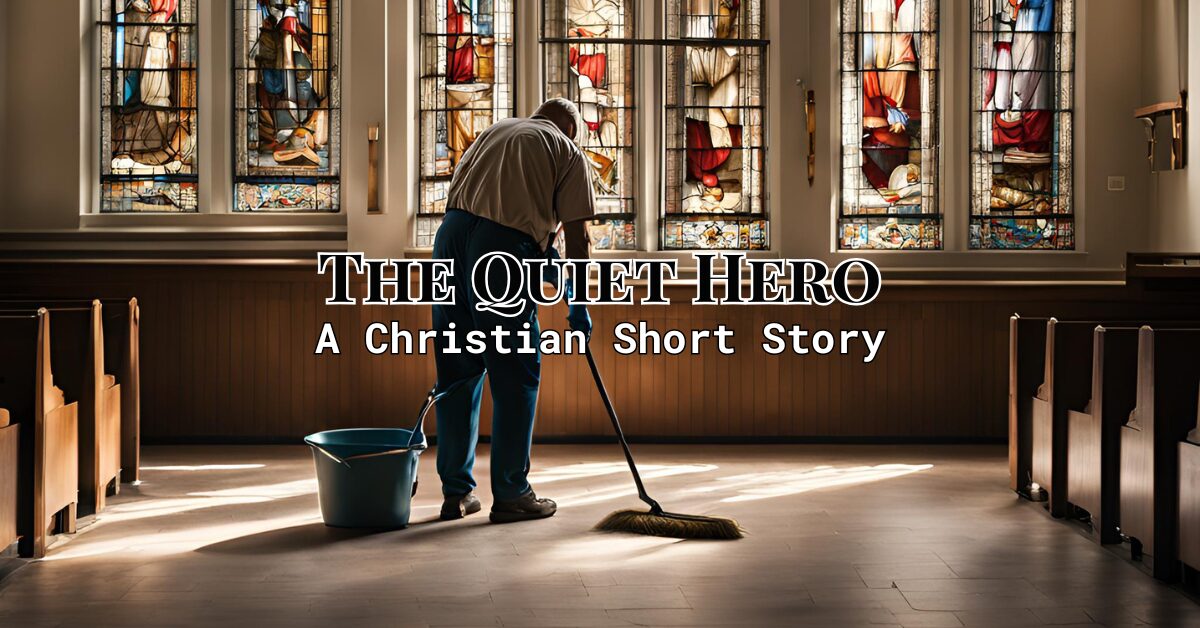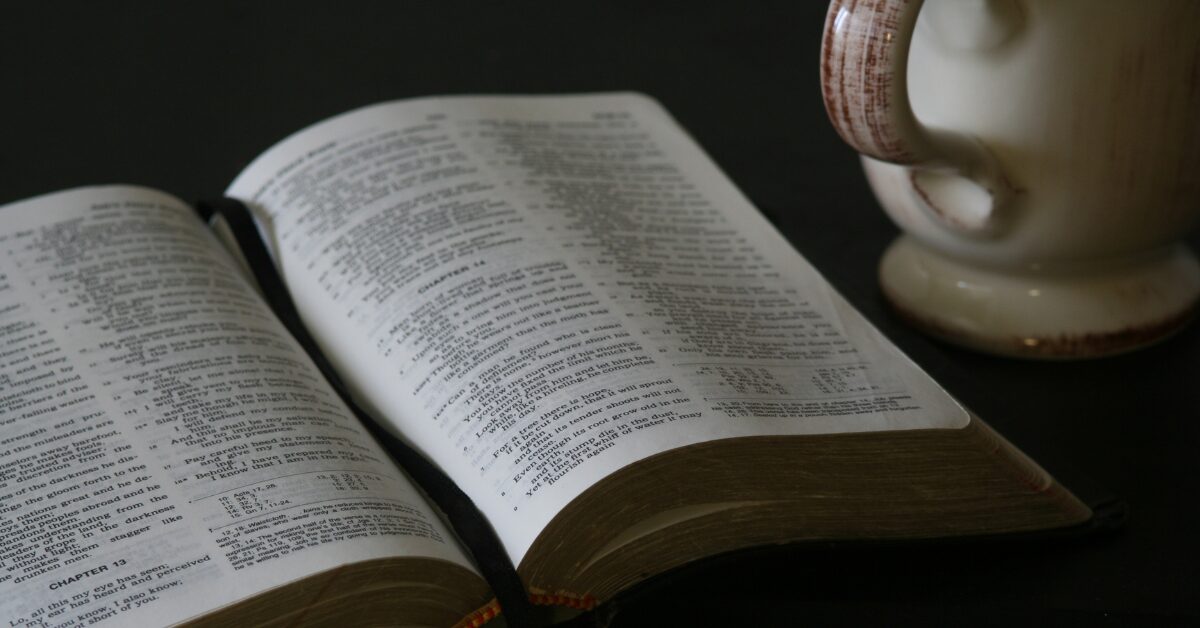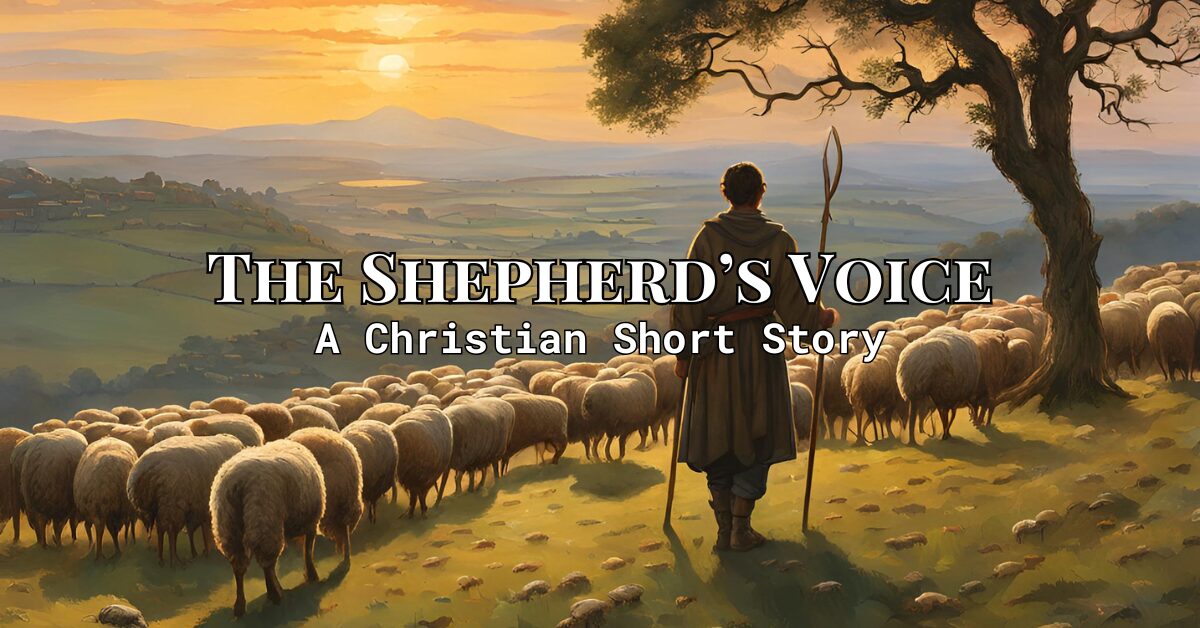In the tapestry of Jesus’ parables, The Sheep and the Goats stands out as a profound illustration of the final judgment and the intrinsic link between faith and deeds. Found in Matthew 25:31-46, this parable paints a vivid picture of the Son of Man, glorified and seated upon His throne, distinguishing between those who have lived out the mandates of compassion and those who have not. Through the imagery of separating sheep from goats, a common practice in ancient pastoral life, Jesus conveys a powerful message about the criteria for entering the Kingdom of Heaven.
The Sheep and the Goats parable transcends a mere call to moral action; it embeds the essence of Christian discipleship into the very acts of kindness and mercy we extend to those around us. It challenges us to see Christ in the least of our brothers and sisters, emphasizing that our response to human need is a reflection of our relationship with the Lord. This narrative is not just about the end times; it is a clarion call for believers to embody the gospel in every facet of their lives, demonstrating the love of God through tangible acts of service.
As we delve into The Sheep and the Goats parable, we are invited to reflect on the depth of our commitment to living out the values of the kingdom. This blog post aims to explore the rich layers of meaning within this parable, offering insights into its interpretation and practical applications for our daily lives. Join us as we seek to understand how this teaching of Jesus calls us to action, urging us to weave the fabric of our faith with threads of mercy, compassion, and love, thereby preparing ourselves for the day we stand before the throne.
Also Read: Parable of Jesus: The Talents
Parable of Jesus Christ: The Sheep and the Goats
The Sheep and the Goats Parable, Matthew chapter 25, verses 31-46 (WEB):
“31 “But when the Son of Man comes in his glory, and all the holy angels with him, then he will sit on the throne of his glory. 32 Before him all the nations will be gathered, and he will separate them one from another, as a shepherd separates the sheep from the goats. 33 He will set the sheep on his right hand, but the goats on the left. 34 Then the King will tell those on his right hand, ‘Come, blessed of my Father, inherit the kingdom prepared for you from the foundation of the world; 35 for I was hungry, and you gave me food to eat. I was thirsty, and you gave me drink. I was a stranger, and you took me in. 36 I was naked, and you clothed me. I was sick, and you visited me. I was in prison, and you came to me.’
37 “Then the righteous will answer him, saying, ‘Lord, when did we see you hungry, and feed you; or thirsty, and give you a drink? 38 When did we see you as a stranger, and take you in; or naked, and clothe you? 39 When did we see you sick, or in prison, and come to you?’
40 “The King will answer them, ‘Most certainly I tell you, because you did it to one of the least of these my brothers, you did it to me.’ 41 Then he will say also to those on the left hand, ‘Depart from me, you cursed, into the eternal fire which is prepared for the devil and his angels; 42 for I was hungry, and you didn’t give me food to eat; I was thirsty, and you gave me no drink; 43 I was a stranger, and you didn’t take me in; naked, and you didn’t clothe me; sick, and in prison, and you didn’t visit me.’
44 “Then they will also answer, saying, ‘Lord, when did we see you hungry, or thirsty, or a stranger, or naked, or sick, or in prison, and didn’t help you?’
45 “Then he will answer them, saying, ‘Most certainly I tell you, because you didn’t do it to one of the least of these, you didn’t do it to me.’ 46 These will go away into eternal punishment, but the righteous into eternal life.”
This parable emphasizes the importance of showing compassion and kindness to those in need, teaching that acts of love and mercy towards others are ultimately acts of service to Christ Himself.
Also Read: The 45 Parables of Jesus
Interpretation of The Sheep and the Goats Parable

The Sheep and the Goats Parable, a profound narrative found in Matthew 25:31-46, offers a penetrating glimpse into the heart of Christian ethics and the criteria for the final judgment. This parable is rich with theological and moral implications, challenging believers to examine their lives in light of God’s expectations. Here, we delve into the interpretation of this significant teaching.
Identification with "The Least of These"
Seeing Christ in Others: The Sheep and the Goats Parable emphasizes that acts of kindness and mercy toward the needy are considered as done unto Christ Himself. This teaching compels believers to view every act of compassion as a direct service to Jesus, thereby deepening the connection between love for God and love for neighbor.
Criteria for Kingdom Inheritance: The criteria for entering the Kingdom is directly linked to how one treats the hungry, thirsty, stranger, naked, sick, and imprisoned. This reflects the biblical principle that genuine faith manifests in practical love and mercy towards others, especially the most vulnerable in society.
Ethical Implications for Believers
Call to Compassionate Action: The Sheep and the Goats Parable is not just a prediction of the end times but a call to live out the gospel through compassionate action. It challenges believers to actively seek opportunities to serve others, suggesting that such deeds are integral to discipleship and spiritual maturity.
Reflection of Faith in Deeds: The parable reinforces the idea that faith without works is dead (James 2:26). It illustrates that the authenticity of one’s faith is demonstrated through acts of mercy and love, which are the natural outcomes of a heart transformed by Christ.
Universal Scope of Judgment
All Nations Held Accountable: The gathering of all nations before the throne signifies the universal scope of God’s judgment. The Sheep and the Goats Parable extends beyond the confines of the immediate audience, addressing all humanity and highlighting the global implications of Jesus’ teachings on love and service.
The Sheep and the Goats Parable serves as a powerful reminder of the inseparable link between faith and action in the Christian life. It calls us to a deep and abiding concern for those in need, urging us to see the face of Christ in the least of our brothers and sisters. By interpreting this parable, we are invited to reflect on our own lives, assessing how our actions align with the kingdom values Jesus espouses. Through this parable, Jesus not only outlines the criteria for the final judgment but also offers a blueprint for living a life that reflects the heart of the Gospel — a life marked by love, mercy, and unwavering commitment to serving others.
Also read: Parable of Jesus: The Doorkeeper
Practical Application of The Sheep and the Goats Parable in Our Daily Lives
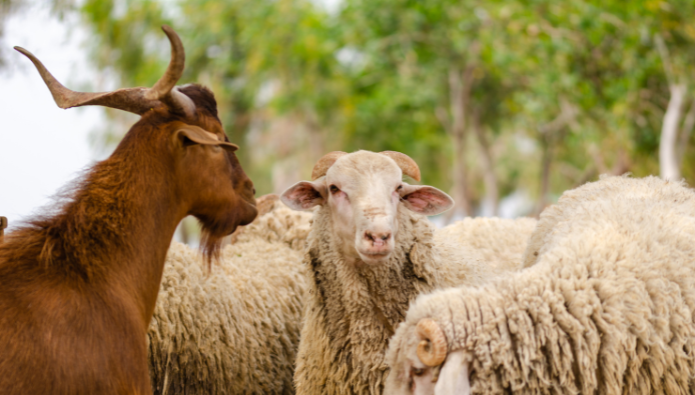
How can you apply The Sheep and the Goats Parable in practically in your daily life? Let’s find out.
The Sheep and the Goats Parable is not just a theological exposition on judgment; it’s a blueprint for Christian living that emphasizes compassion, mercy, and the recognition of Christ in everyone, especially those in need. This parable provides clear guidance on how we can embody the teachings of Jesus in our daily actions. Let’s explore how we can integrate the profound lessons from The Sheep and the Goats Parable into our lives.
Recognize Christ in Everyone
Seeing Jesus in the Marginalized: One of the central messages of The Sheep and the Goats Parable is to recognize the presence of Christ in all individuals, especially the least among us. This means adjusting our perspective to see every act of kindness towards others as an act of service to Jesus Himself. Whether it’s feeding the hungry, welcoming a stranger, or visiting someone sick, these acts are done to Christ.
Empathy and Compassion: Cultivating a heart of empathy and compassion is essential. This involves not only recognizing the physical needs of others but also understanding their situation and offering support and kindness. It’s about making a conscious effort to put oneself in another’s shoes and respond with genuine care.
Actively Serve and Support
Engage in Acts of Mercy: Practical application of The Sheep and the Goats Parable involves actively engaging in works of mercy. Look for opportunities to volunteer at local shelters, food banks, or community centers. Participating in or organizing drives for clothing, food, and other necessities can make a tangible difference in the lives of those who need it most.
Advocate for Social Justice: Beyond individual acts of kindness, there’s a call to advocate for systemic changes that address the root causes of poverty, inequality, and injustice. This might involve supporting policies that protect the vulnerable, promote fair treatment, and ensure equality of opportunity. Being informed and using our voice can contribute to a more just and compassionate society.
Foster a Community of Care
Build Supportive Networks: The Sheep and the Goats Parable encourages us to foster communities where care and support are extended to everyone. This can be through church ministries, local community groups, or informal networks of friends and family. Creating spaces where people can share their needs and receive support reflects the kingdom values depicted in the parable.
Educate and Encourage Others: Part of living out The Sheep and the Goats Parable is to educate and encourage others to join in acts of service and compassion. Sharing stories of how small acts can have a big impact can inspire others to take action. It’s about multiplying the efforts to serve those in need, just as the faithful sheep in the parable.
Reflect and Respond
Personal Reflection: Regularly reflect on how well your actions align with the teachings of The Sheep and the Goats Parable. Consider whether there are more ways you could serve or if there are areas of need you’ve overlooked. Prayer and meditation can guide this reflection, helping to discern new opportunities to act.
Immediate Response to Need: Cultivate a readiness to respond to needs as they arise. Sometimes, the opportunity to serve may come unexpectedly. Being prepared to offer help, whether it’s a meal, a kind word, or practical assistance, embodies the immediate response called for in the parable.
The Sheep and the Goats Parable calls us to a life of active faith, marked by a profound commitment to serving Christ through serving others. By integrating the lessons of this parable into our daily lives, we not only prepare for the final judgment but also contribute to the realization of God’s kingdom here and now. Let this parable inspire us to live out our faith with compassion, mercy, and a deep sense of solidarity with those in need, truly embodying the love of Christ in every action.
Conclusion
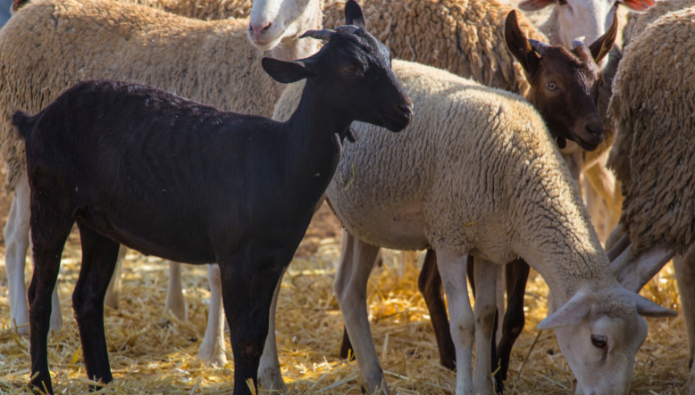
In conclusion, The Sheep and the Goats Parable offers us a powerful framework for living out our faith through acts of kindness, mercy, and compassion. This parable not only illuminates the criteria by which we will be judged but also serves as a compelling call to see Christ in every person we meet, especially the least among us. It challenges us to extend our hands and hearts to those in need, recognizing that in serving them, we serve Jesus Himself.
The practical applications of The Sheep and the Goats Parable in our daily lives are vast and varied. From the individual acts of giving food to the hungry and clothes to the naked, to the broader efforts of advocating for justice and building communities of care, this parable pushes us to actively participate in the manifestation of God’s kingdom on earth. It underscores the inseparable link between our faith and our deeds, reminding us that our love for God is best expressed through our love for our neighbors.
As we reflect on The Sheep and the Goats Parable, let us be inspired to adopt a lifestyle that prioritizes service, empathy, and advocacy. May this parable motivate us to engage in meaningful actions that reflect God’s love and mercy, ensuring that when the time comes, we may be counted among the sheep, welcomed into the eternal kingdom prepared for us.
Let the message of The Sheep and the Goats Parable resonate in our hearts and minds, guiding our steps and actions. May we live each day with the consciousness of Christ’s presence in those around us, committed to acting justly, loving mercy, and walking humbly with our God, as we await the glorious culmination of His kingdom.



